Versuchen GOLD - Frei
Quintessentially English
The Oldie Magazine
|The Oldie magazine - JANUARY issue (343)
Paul Nash wooed modernism and leant towards surrealism but he was first and foremost a great landscape artist, says Andrew Lambirth.

My interest in Paul Nash (1889–1946) dates back to the last major exhibition of his work at the Tate, in 1975. I have loved his richly mysterious paintings ever since, and whilst acknowledging that not all of his work is equally powerful (he painted rather too many pallid watercolours), I have returned again and again to the best of it with increased appreciation. Thus it was a great privilege to work with the surrealist Eileen Agar (1899–1991) on her autobiography in the mid-1980's, for not only had she known Nash well, but she’d embarked on a passionate affair with him. Assisting Eileen to write her memoirs was an education for me: both in the personal interpretation of art history (she had known Dali and Man Ray and holidayed with Picasso), and in witnessing how the past informed the present for an artist. Eileen had her memorials of Paul (gifts and photos, the love letters he had asked her to destroy – now in the Tate), but although she was prepared to talk about him, she lived very much in the present and was endlessly curious about what was happening now, and especially the next picture she might make.
Diese Geschichte stammt aus der The Oldie magazine - JANUARY issue (343)-Ausgabe von The Oldie Magazine.
Abonnieren Sie Magzter GOLD, um auf Tausende kuratierter Premium-Geschichten und über 9.000 Zeitschriften und Zeitungen zuzugreifen.
Sie sind bereits Abonnent? Anmelden
WEITERE GESCHICHTEN VON The Oldie Magazine

The Oldie Magazine
Travel: Retreat From The World
For his new book, Nat Segnit visited Britain’s quietest monasteries and islands to talk to monks, hermits and recluses
5 mins
July 2021

The Oldie Magazine
What is... a nail house?
Don’t confuse a nail house with a nail parlour. A nail house is an old house that survives as new building development goes on all around it.
2 mins
July 2021
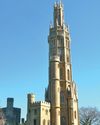
The Oldie Magazine
Kent's stairway to heaven
Walter Barton May’s Hadlow Castle is the ultimate Gothic folly
4 mins
July 2021
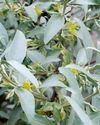
The Oldie Magazine
Pursuits
Pursuits
17 mins
July 2021
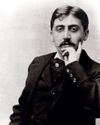
The Oldie Magazine
The book that changed the world
On Marcel Proust’s 150th anniversary, A N Wilson praises his masterpiece, an exquisite comedy with no parallel
6 mins
July 2021

The Oldie Magazine
RIP the playboys of the western world
Charlie Methven mourns his dashing former father-in-law, Luis ‘the Bounder’ Basualdo, last of a dying breed
5 mins
July 2021

The Oldie Magazine
Arts
Arts
21 mins
July 2021
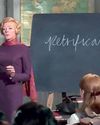
The Oldie Magazine
My film family's greatest hits
Downton Abbey producer Gareth Neame follows in the footsteps of his father, grandfather and great-grandmother, a silent-movie star
8 mins
July 2021
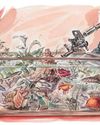
The Oldie Magazine
Books
Books
24 mins
July 2021
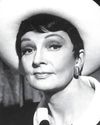
The Oldie Magazine
A lifetime of pin-ups
Barry Humphries still has nightmares about going on stage. He’s always admired the stars who kept battling on
7 mins
July 2021
Translate
Change font size

